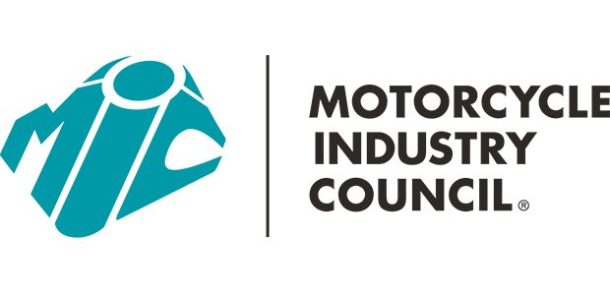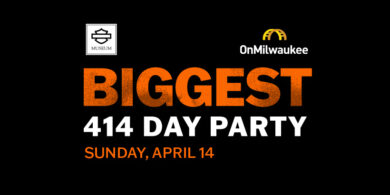Dealer Dollars
Lost opportunities in the Service Department
So we divide the room up into two parts. “You 35 dealers move over here to my right, and you other 47 dealers get on my left. Got it?”
“OK. Now, you guys on the right. On your way out, stop at the table by the door and each of you pick up a check for $9,942.
“You dealers on the left. After those other 35 guys have picked up their checks, you stop at the table, write out a check for $7,500 and leave it with the pretty lady.
Thanks guys. See you again next month.
OK. A cheap literary device to illustrate a point, but unfortunately close to the truth. It happens every month, and very few ever move from the left side of the room over to the right. If they are writing checks out this month, they probably are doing it every month.
We are talking about hours sold on repair orders here. My study of 82 dealers in the month of September 2003 showed that the average hours sold were 2.4 per RO, and that 35 dealers were above this number, while the other 47 were below. The top number was 4.3 hours (with 366 RO’s!), and the bottom of the barrel was 1.0 hours on 108 tickets. Quite a range, huh. The average of the 19,180 tickets hit right at 2.4 hours per RO.
But what caught my attention was the opportunity cost taken by the dealers on the low side of the average. They were under the 2.4 hours, and in some cases significantly so. To get a picture, for each dealer I took the difference from average (high or low), multiplied that by the number of RO’s to see how many total hours they had gained or lost from average, then multiplied those hours by the shop rate to get the total economic cost or benefit. Dealers above average pulled in an additional $348,000 in revenue (the $9,942 each above), while dealers below the average saw $351,000 potential revenue dollars walk out the door (at $7,500 per dealership).
There will always be an average, but why are some dealers routinely above that number, while others are always below?
First, does anybody pay any attention to the hours sold? Sure, the techs check it, but that is to see that they get paid! What about your service manager? Is this a number that he tracks and reports to you each week? Each Month? Each Year? Does anybody know what is good and what is bad?
Numbers don’t exist in a vacuum. They have meaning only when they can be compared and contrasted to other performance markers. I’m guessing that the dealer with an average hours sold of 1.0 per ticket doesn’t even know that he is low. But, a quick phone call to the #3 dealer on the high end confirms that they measure, report, talk about, and pay managers according to their hours sold per RO.

Not every customer will give you a high-end service ticket. Let’s face it, tune ups and 600 mile services are a big part of the business. But averages speak. And if you are on the left side of the room cutting a check for $7,500 each month in our example above, it is time to reevaluate your service procedures. If you don’t know what a 360 walk-around is, maybe you’d better start asking some questions.








